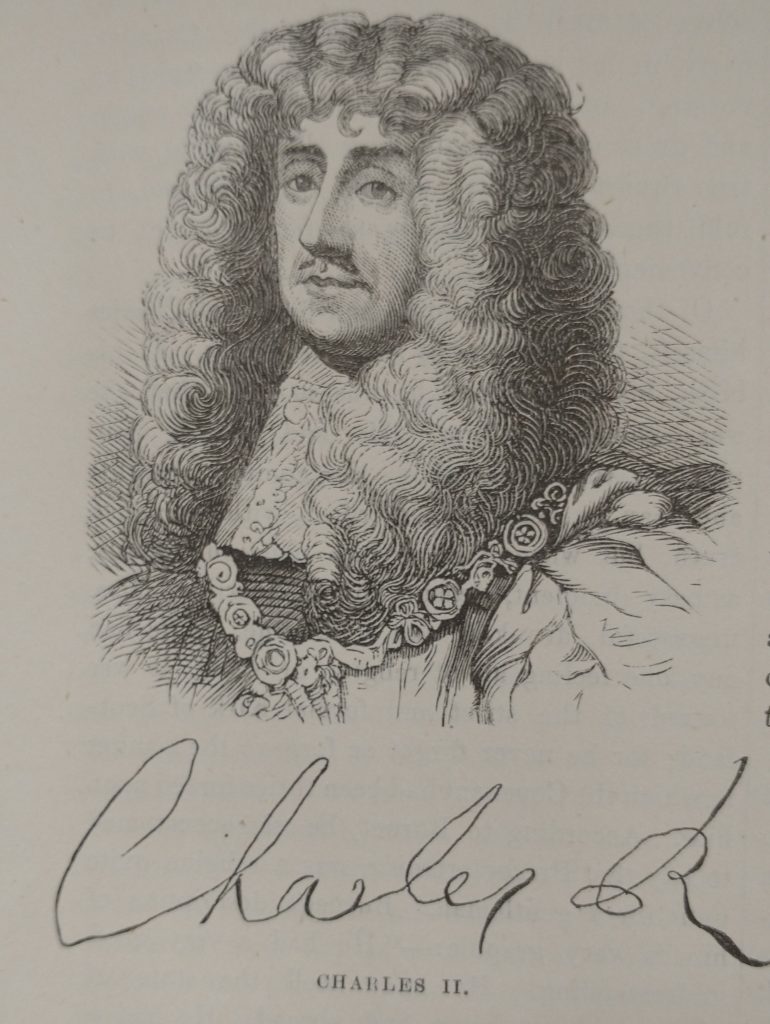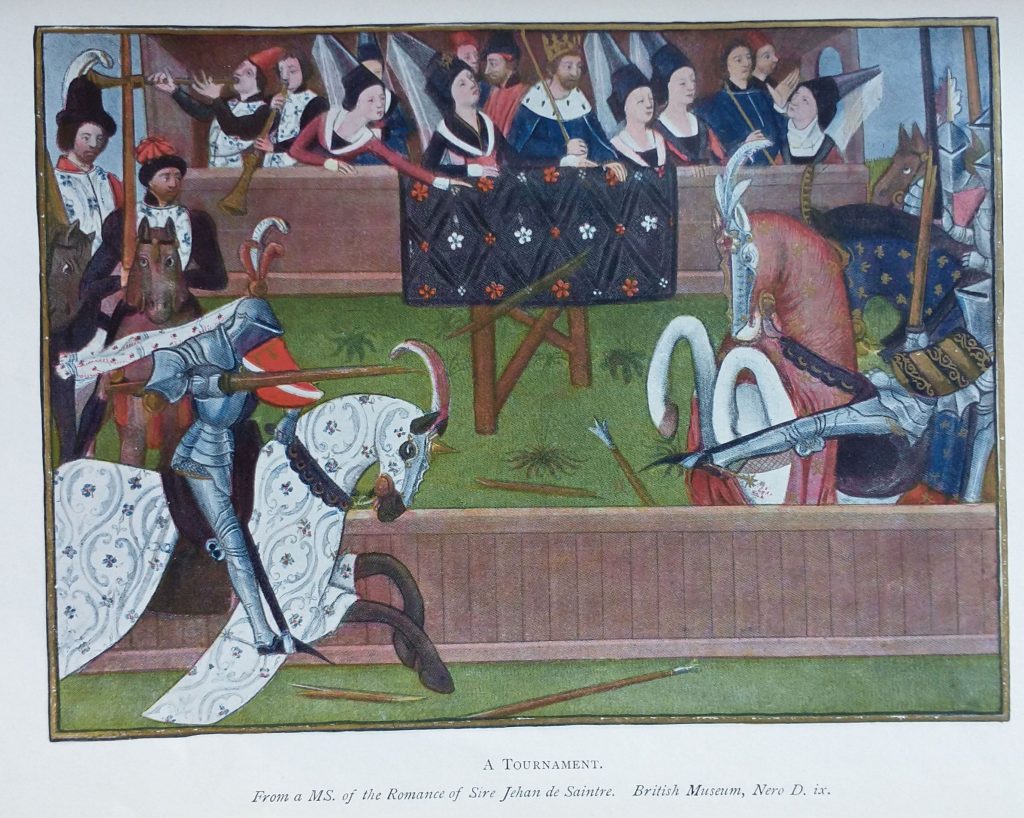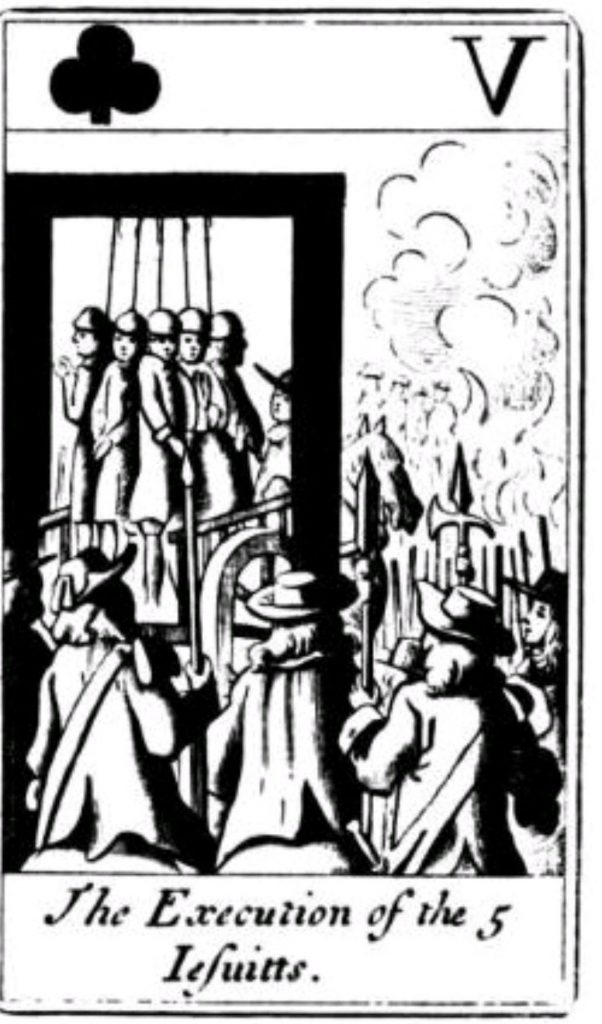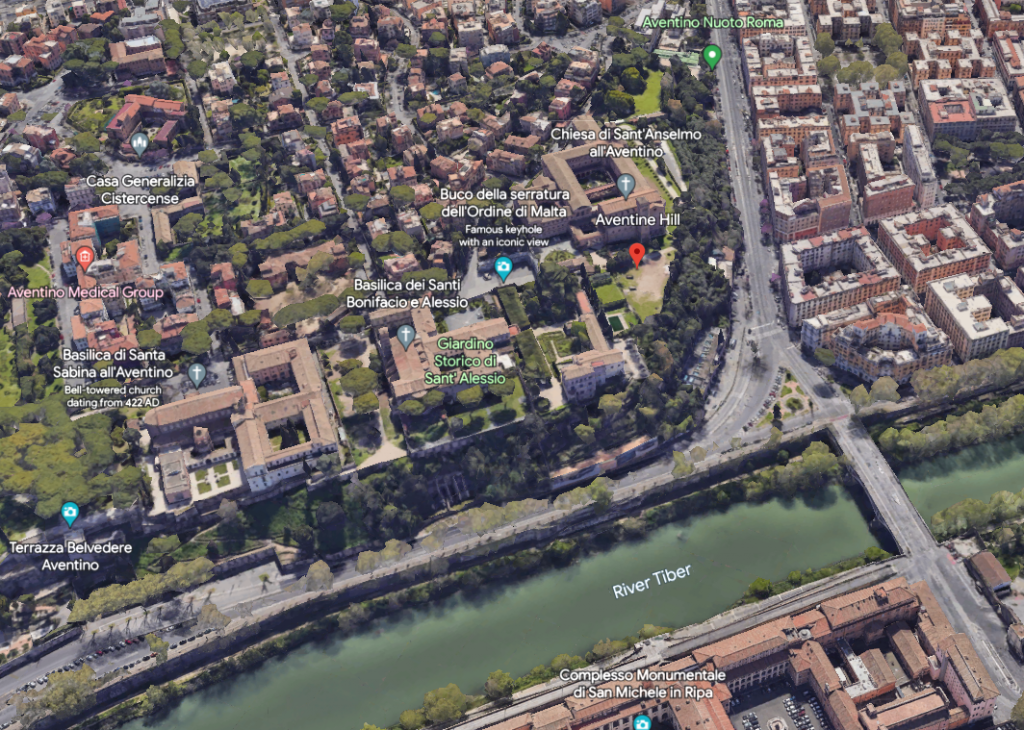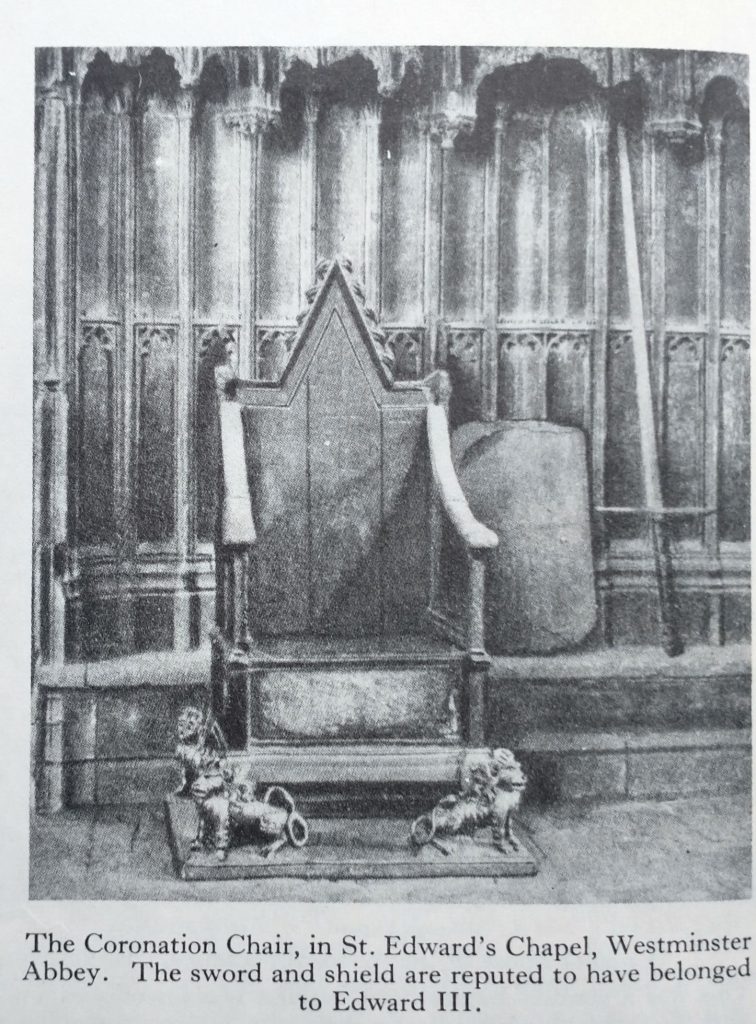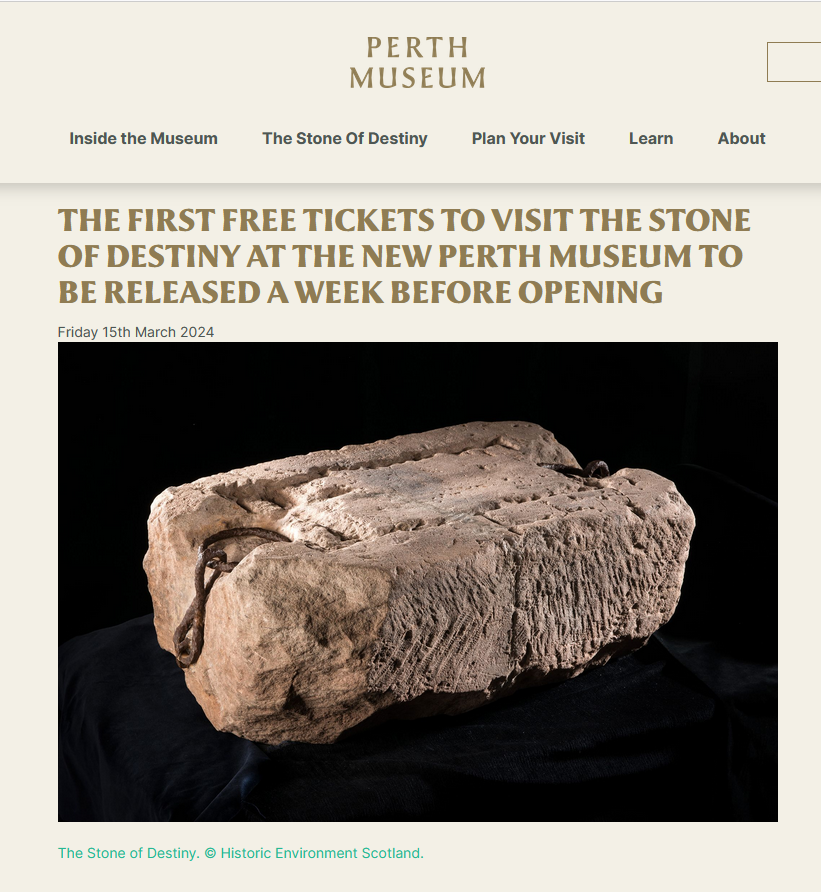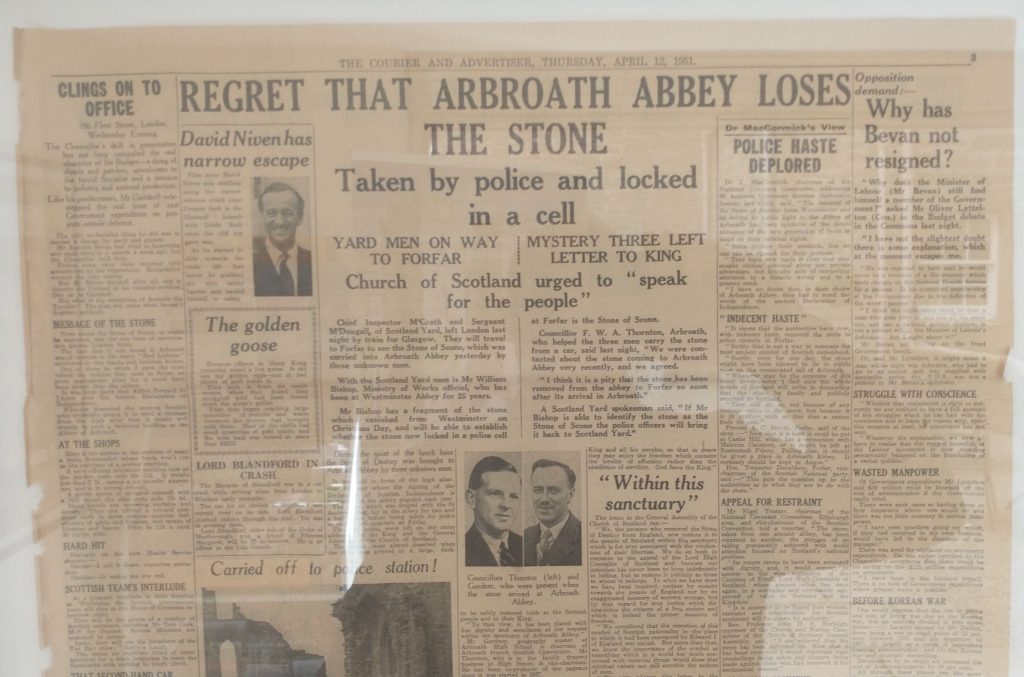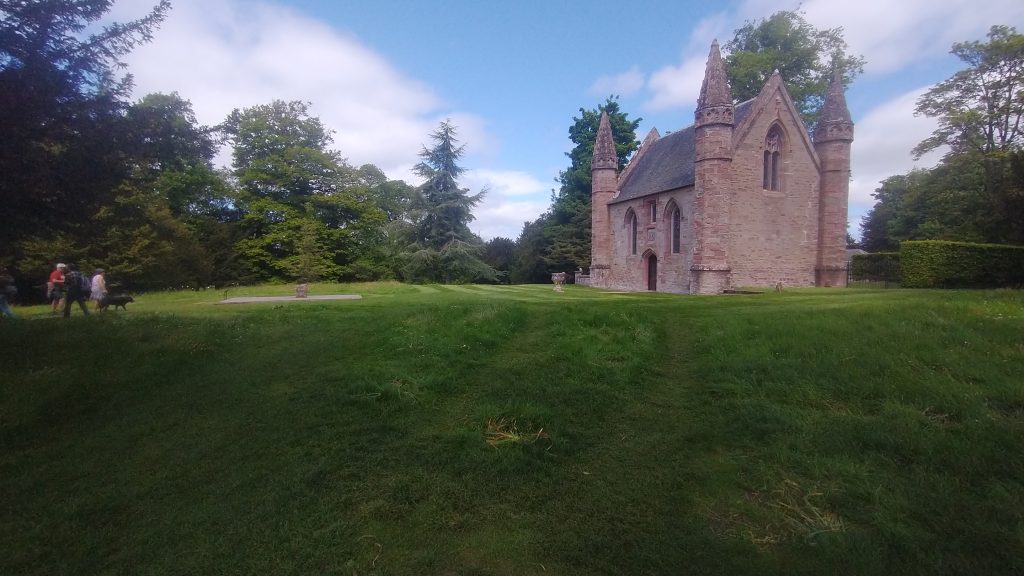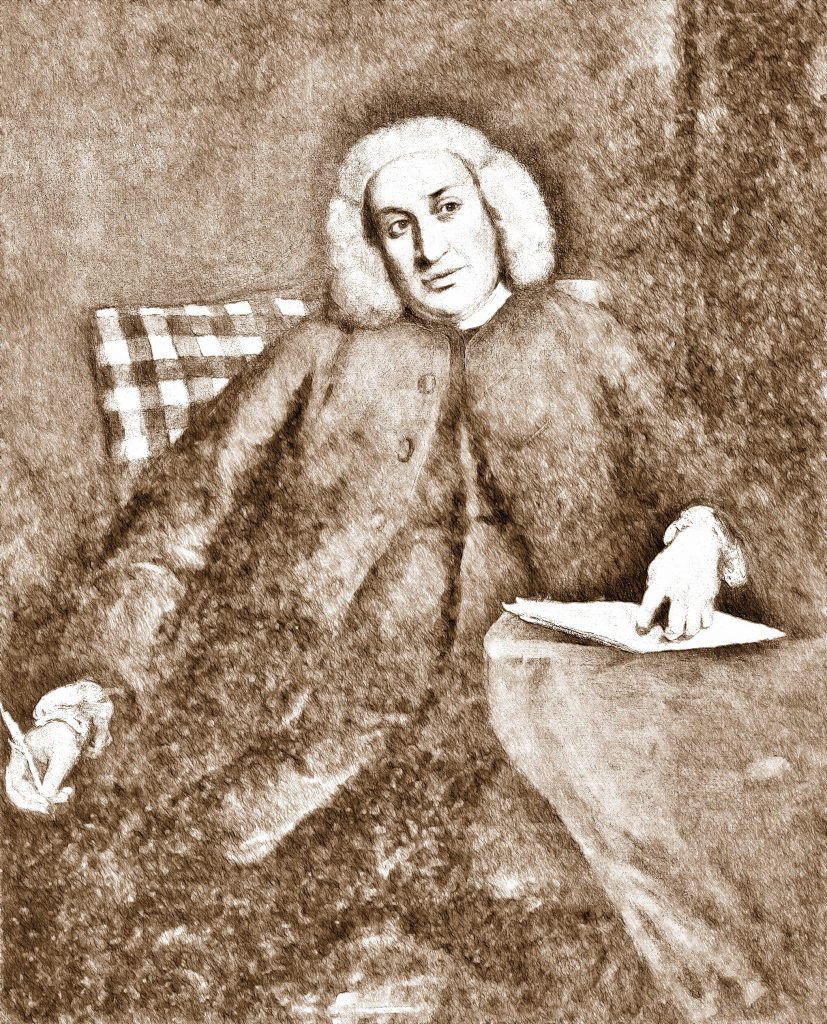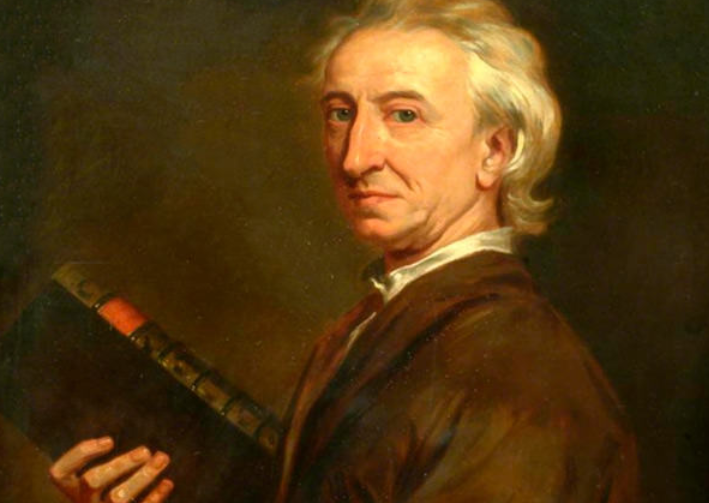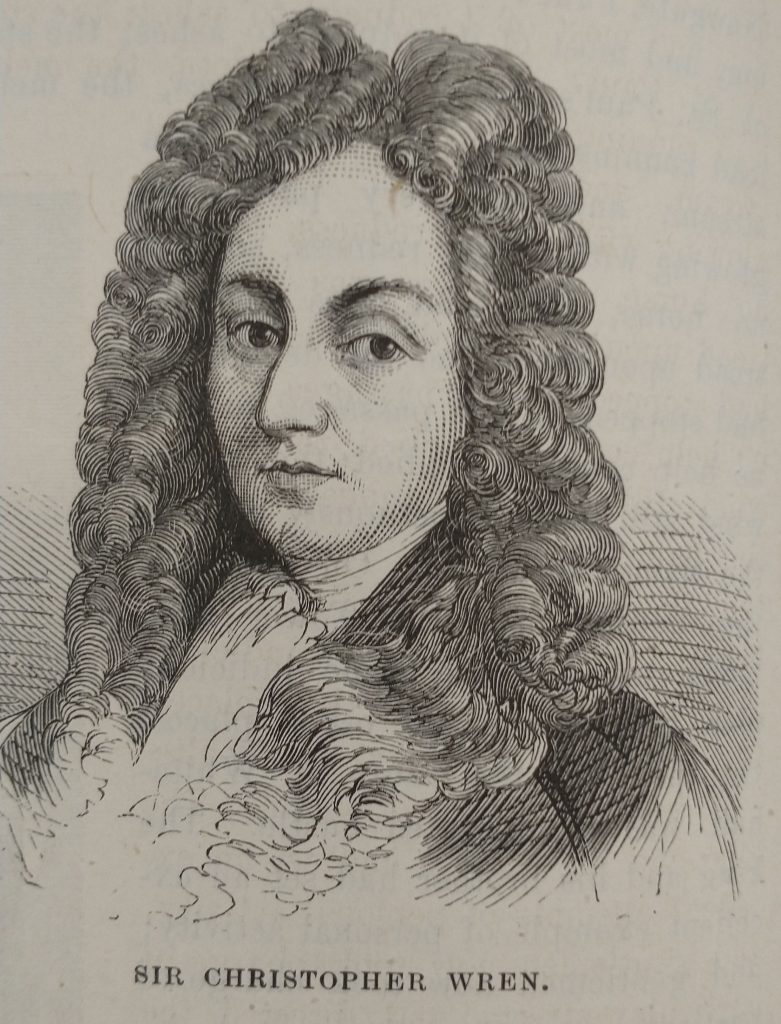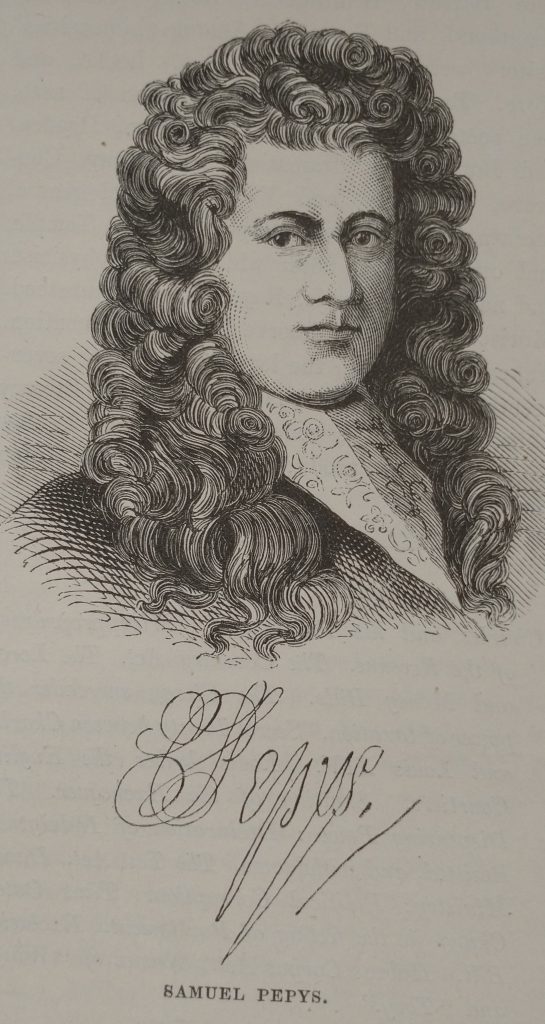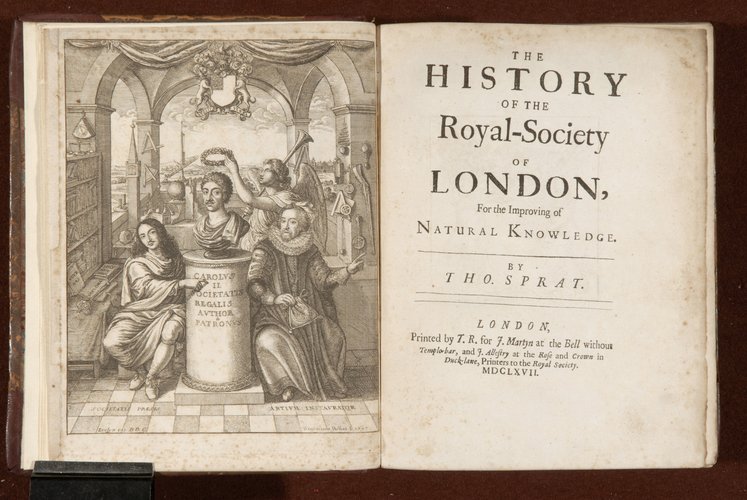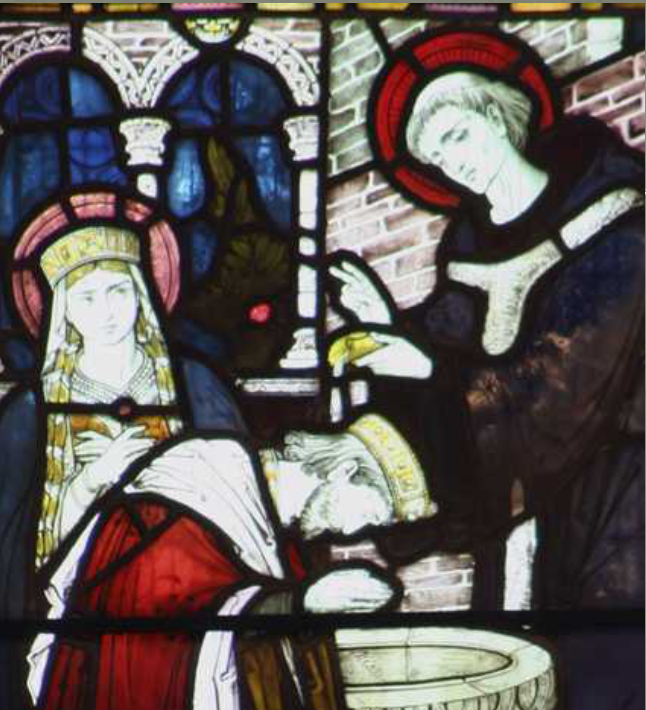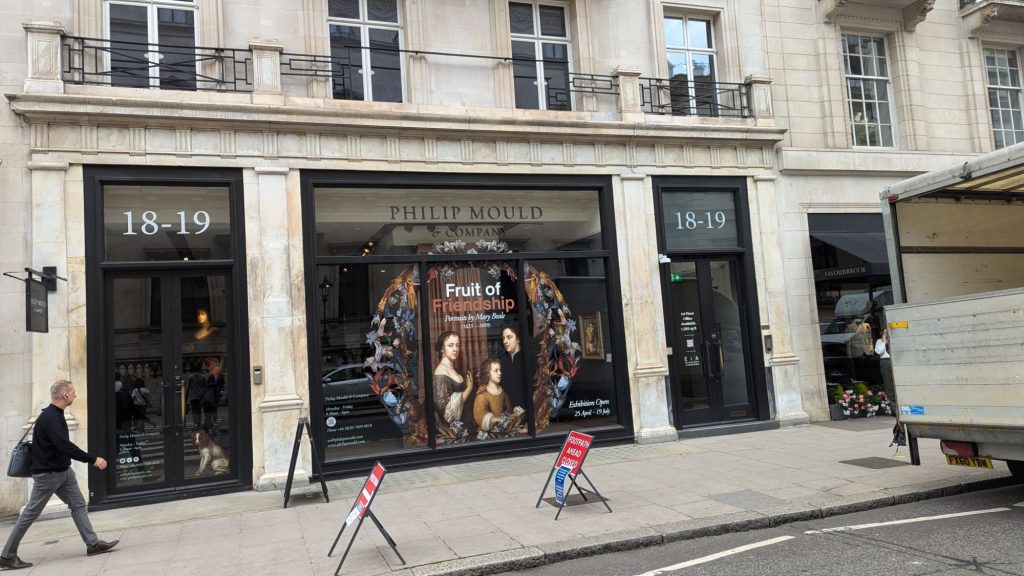
Yesterday, I was asked to do two Jane Austen’s London walks. The walk explores Mayfair, where her brother, Henry lived and had his Bank, and where Austen placed the central drama of Sense and Sensibility. I decided to use the time between the walks to look for a shopping mall which dates back to Jane Austen’s time, but I got diverted as I saw a sign for a free exhibition on Mary Beale in Pall Mall.
Mary Beale is that rare beast; a professional female artist of the 17th Century (1633-1699). So, I double-checked the ‘free entry’ notice because this was a posh West End private art gallery and the name Philip Mould was familiar. I went in and realised that this was something special. I returned to the entrance to ask the very friendly staff whether I could take photographs. ‘Yes, of course, they said.’ much to my surprise.
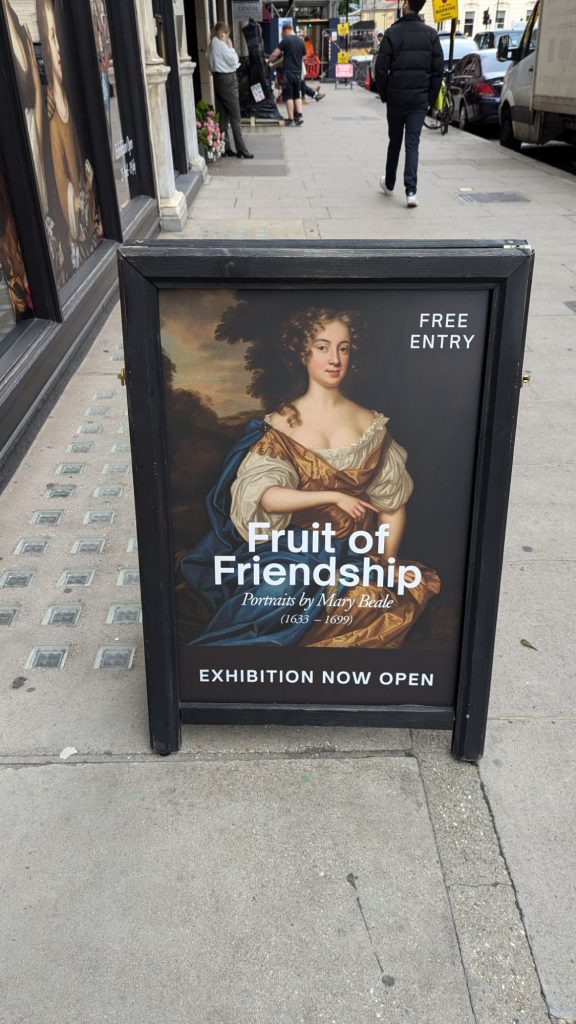
Downstairs, the art of Mary Beale was beautifully displayed, and the exhibition had a very interesting story to tell, which was well-told, using excellent labels and a film narrated by Philip Mould. He was, as I thought, the co-presenter of ‘Fake or Fortune’ (with Fiona Bruce, newsreader and anchor of the BBC’s Antiques Roadshow). This is a BBC art programme which is in its 12th Series. The conceit of the show is that they investigate dubious paintings to find out whether they are genuine or not.
The film revealed that Philip Mould opened his Art Gallery here over a decade ago, but research has recently discovered that this is the very address where Mary Beale had her studio.

Her career is not only remarkable in itself, but it was recorded in great detail by her husband. She was the bread winner. He was her partner, and in effect the studio manager. In correspondence, he describes her as his ‘dearest heart’.
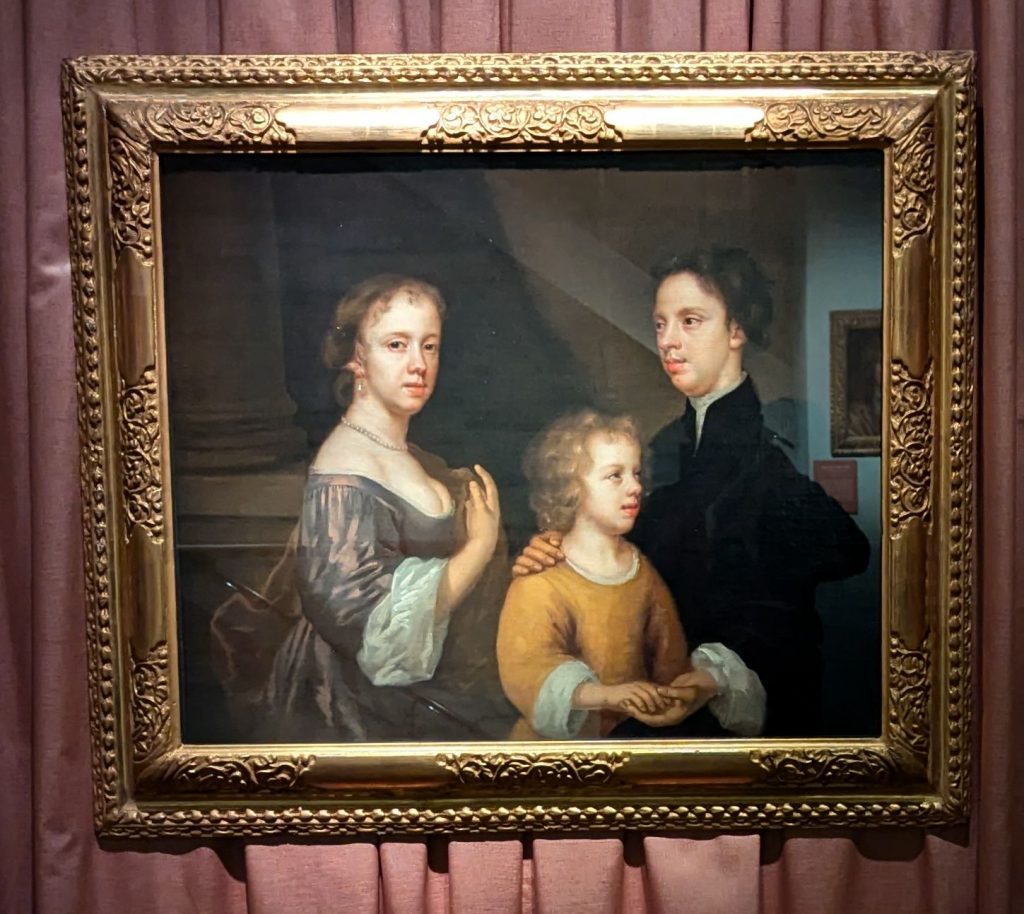
It was a family business and their children also worked as painting assistants, doing draperies and other background details. Her paintings gave them an income of around £200 a year, which is not riches but, by comparison, a labourer got about £30 a year.
She was associated with Sir Peter Lely, the Court painter who succeeded Van Dyke. Mary Beale made copies of many of his paintings. She also painted many pictures of her family.

There are several excellent short films about Mary Beale on the Gallery’s web site, which is well worth a visit. The exhibition ends on the 19th July, but there is also, for you to see, Tate Britain’s exhibition ‘Now you see us’ which is the story of British female artists from the 1520’s to 1920.
On the way back from the Gallery, I popped into the Royal Academy to renew an old acquaintance with ‘Flaming June’ by Lord Leighton, a copy of which hangs on my bedroom wall, and which is on one of its rare visits to the UK. There is also the statue of the Sluggard and it’s all free to view.
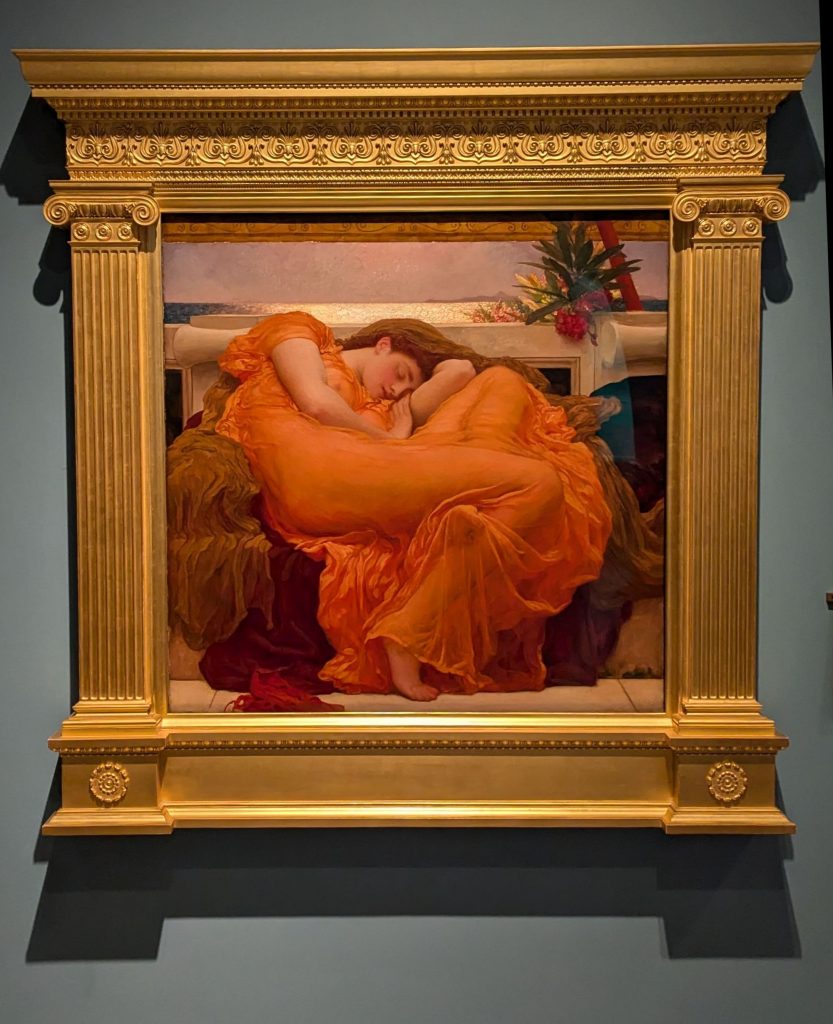
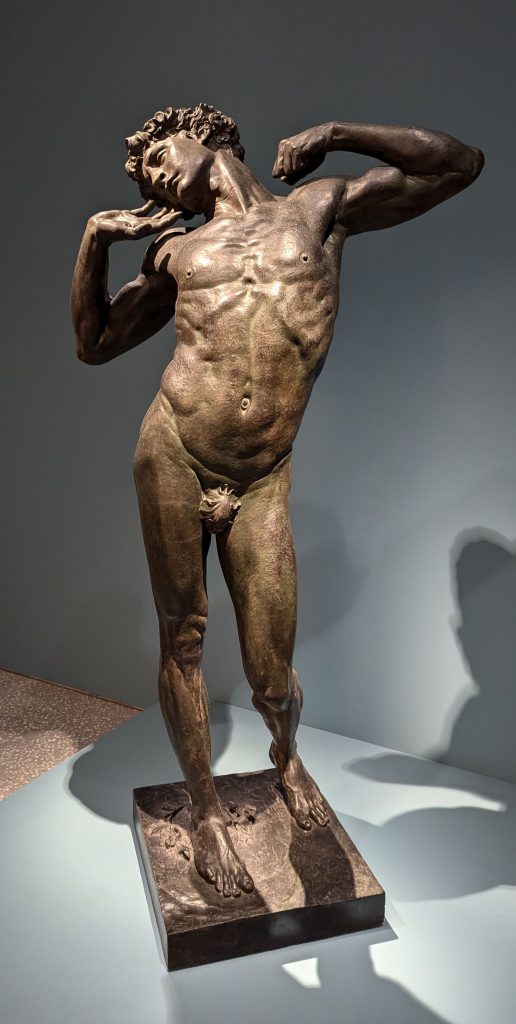
It is days like this, that you realise what a wonderful thing it is to live in London. All this superb art, and all without laying out a penny (travelling on my free travel pass too!).
I wrote about Flaming June in a post you can read here.

